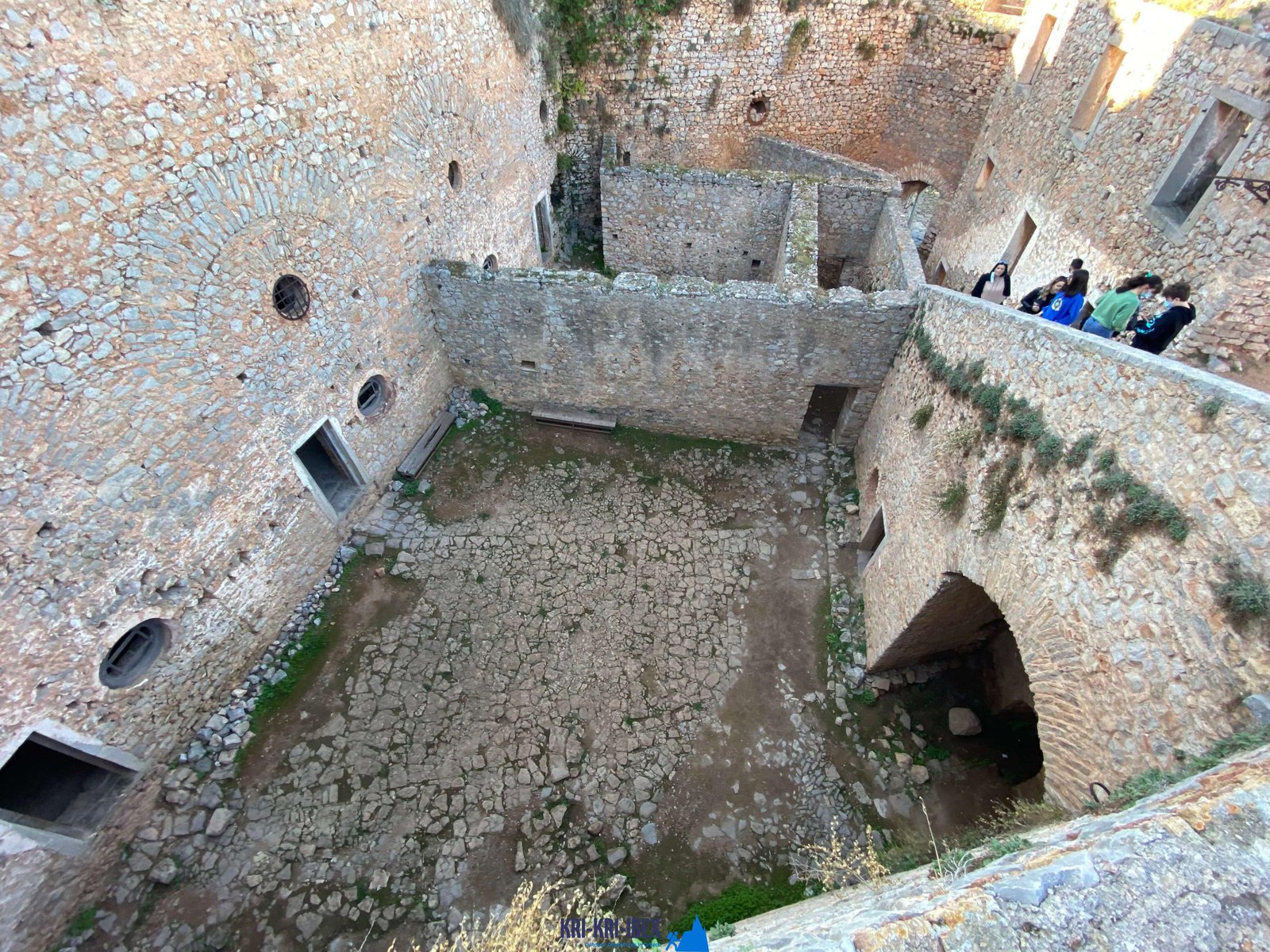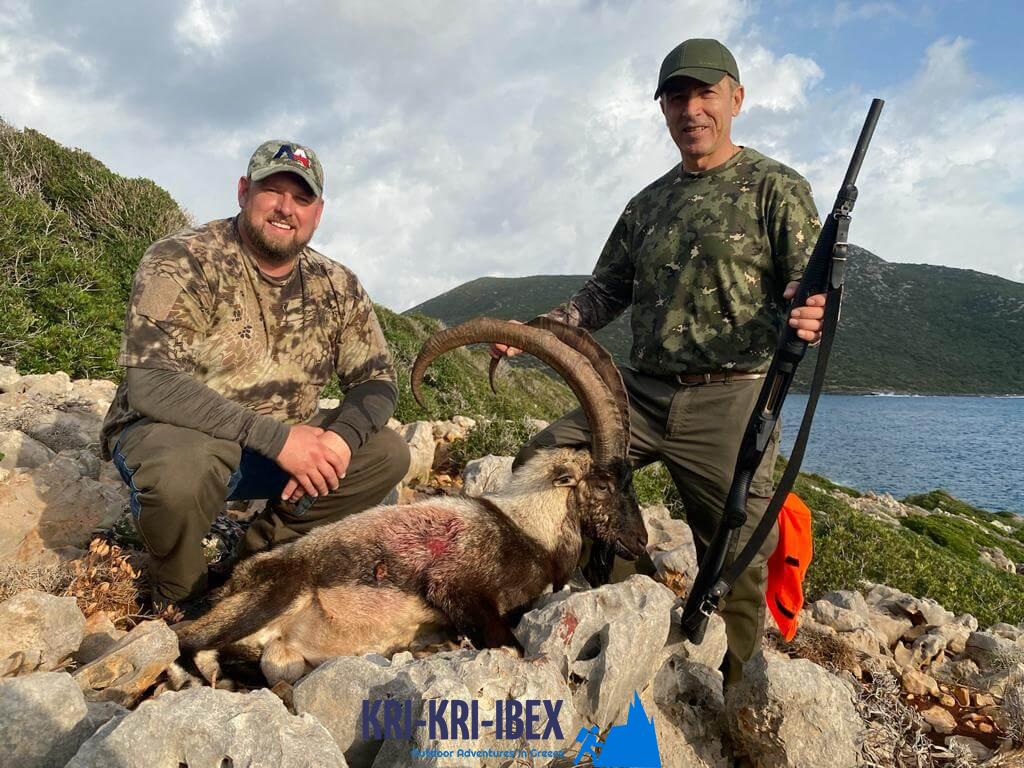The most effective exterior experience on Sapientza island. Kri Kri ibex searching in Greece!
The most effective exterior experience on Sapientza island. Kri Kri ibex searching in Greece!
Blog Article

The Kri Kri ibex quest in Greece is an amazing hunting getaway and also an exciting searching exploration all rolled right into one. Hunting for Kri Kri ibex is a miserable experience for the majority of seekers, however except me! It's an extraordinary hunt for a gorgeous Kri Kri ibex on an unique island as we tour old Greece, dive to shipwrecks, as well as hunt during 5 days. What else would certainly you such as?

Hunting Kri-kri Ibex on Sapientza island can be a hard as well as difficult job. The surface is tough, with sharp, jagged rocks that can easily leave you shoeless after just two trips. In addition, shooting a shotgun without optics can be quite difficult. The search is most definitely worth it for the possibility to collect one of these impressive animals.
On our Peloponnese excursions, you'll get to experience all that this amazing region has to provide. We'll take you on a trip of a few of one of the most historical and stunning websites in all of Greece, consisting of ancient ruins, castles, as well as extra. You'll likewise reach experience some of the typical Greek culture direct by delighting in some of the tasty food and also a glass of wine that the region is recognized for. As well as of course, no journey to Peloponnese would be full without a dip in the sparkling Mediterranean Sea! Whether you're a skilled seeker seeking a brand-new experience or a newbie vacationer simply wanting to discover Greece's sensational landscape, our Peloponnese scenic tours are excellent for you. So what are you waiting on? Schedule your journey today!
Experience 'Real' Greece with Our Peloponnese Tours. Look no additionally than our Peloponnese excursions if you're looking for a genuine Greek experience. From ancient ruins as well as castles to tasty food as well as wine, we'll reveal you everything that this fantastic area has to supply. What are you waiting for? Schedule your trip today! Your Kri Kri ibex searching in Greece is here!
What is the diference between Kri Kri ibex, Bezoar ibex and hybrid ibex
The kri-kri is not thought to be indigenous to Crete, most likely having been imported to the island during the time of the Minoan civilization. Nevertheless, it is found nowhere else and is therefore endemic to Crete. It was common throughout the Aegean but the peaks of the 8,000 ft (2,400 m) White Mountains of Western Crete are their last strongholds–particularly a series of almost vertical 3,000 ft (900 m) cliffs called ‘the Untrodden’—at the head of the Samaria Gorge. This mountain range, which hosts another 14 endemic animal species, is protected as a UNESCO Biosphere Reserve. In total, their range extends to the White Mountains, the Samaria National Forest and the islets of Dia, Thodorou, and Agii Pandes.
This Ibex is NOT a diminutive form of the Bezoar Ibex, which has migrated into the western-most reach of the range of this species. The kri – kri (Capra aegagrus cretica), sometimes called the Cretan goat, Agrimi, or Cretan Ibex, is a feral goat inhabiting the Eastern Mediterranean, previously considered a subspecies of wild goat. The kri-kri has a light brownish coat with a darker band around its neck. It has two horns that sweep back from the head. In the wild they are shy and avoid tourists, resting during the day. The animal can leap some distance or climb seemingly sheer cliffs.
“The agrimi goat Capra aegagrus cretica is unique to Crete and its offshore islands. It has been identi®ed as a sub-species of the wild bezoar goat Capra aegagrus aegagrus Erxleben, 1777, which it closely resembles in horn shape, body form and coloration. This classi®cation has been disputed by some researchers who claim that the agrimi are feral goats, derived from early domestic stock brought to the island by the ®rst Neolithic settlers. In order to clarify this issue, DNA analyses (cytochrome b and D loop sequences) were carried out on tissue of live and skeletonized agrimi and compared to sequences of wild and domestic caprines. Results conclusively show the agrimi to be a feral animal, that clades with domestic goats (Capra hircus) rather than with wild Asiatic bezoar. This study demonstrates that morphometric criteria do not necessarily re¯ect genetic af®nities, and that the taxonomic classi®cation of agrimi should be revised.”
Report this page